
Alphabetical Index
Browse by Elements
Keyword Search
Dry Etchants
Dry and Wet Etchants
Wet Etchants
Bulk Etchants
Layer Etchants
Nano Etchants
Single Crystal Etchants
Thin Film Etchants
Thin Foil Etchants
Wafer Etchants
Al Etchants
Cd Etchants
Ga Etchants
Ge Etchants
In Etchants
New Etchants
Other Etchants
Si Etchants
Zn Etchants
Help
Home
AlN Thin Film - Dry Etching
Material Name: AlN
Recipe No.: 10337
Primary Chemical Element in Material: Al
Sample Type: Thin film
Uses: Etching
Etchant Name: None
Etching Method: Dry etching
Etchant (Electrolyte) Composition: The AlN films were deposited using magnetron (o = 100 mm) and pulse power supplier (f = 100 kHz, with modulation of f = 2 kHz; current 3A). Deposition processes were carried out at pulsed pressure from 10-3 Pa to 10(-1) Pa and using Ar/N2 gas mixture. The films were deposited on n-type silicon wafers located in parallel to aluminum target, with substrate-target distance at 10 cm. Investigated in this work thin AlN films were selective etched in RF plasma environment in the 13.56 MHz OXFORD PLASMALAB 80+ setup. The influence of etching process parameters, like etching gas composition, its flow rate and RF power on etching rate was studied and discussed. Veeco Dektak 150 profilometer was used to measure the depth of etching. To confirm the reliability of the results, all the measurement were double checked by Horiba Jobin Yvon elipsometer with wavelength range between 190 and 830 nm.
Figure 1 presents the dependence of AlN layer etching rate as a function of supplying plasma power at a constant flow of working gas. As it was suspected, the higher the power, the greater the depth of etching. It can be noted that this function is in the range between 120 and 280 W and is similar to linear function.
The Figures 2 and 3 show the AlN layer etching rate as a function of the etching medium composition of the pressure of 40 mTorr. It can be noted that any maximum is not reached when 40 mTorr pressure is used. However, when the pressure was increased to 100 mTorr, the etching rate for the compound of argon and CF4 was significantly higher. While comparing the two extreme processes that is etching in the atmosphere of Argon and in the atmosphere of CF4, it can be concluded that etching rate in the pure Argon (physical mechanism) is 1.5 times higher than etching rate in pure CF4 (chemical mechanism). This would comply with the frequently observed the alike effect of the strong efficiency enhancement of the plasma etching, which results from the cooperative impact of simultaneously occurring chemical and physical material removal mechanisms, of course provided the appropriate gas mixture has been chosen.
The influence of pressure on AlN layer etching rate is presented in Figure 4. It can be noted that characterization is convergent to linear function. It is due to the fact that with increasing pressure in the reactor chamber for plasma-assisted etching, there is a reduction of the free path of ions, electrons, and neutral particles, and thus reduces the energy of particles bombarding the substrate. It results in the decrease of layer etching rate with the pressure increase.
The influence of the process time on AlN layer etching rate is presented in Figure 5. As expected, the character of this dependence is close to linear function. With the increasing of etching process, the thickness of the layer etching increases as well.
The results presented in the paper confirm the feasibility of the processes of AlN layers plasma etching. Plasma etching allows for the efficient and controlled removal of AlN deposited by means of magnetron sputtering. There was approximately linear nature of the etching rate changes as a function of power, pressure and time. Appearing of an etch rate maximum for certain non-zero value of CF4/(CF4 + Ar) gas-mixing ratio was observed. This indicates the growth of efficiency of two competing etching mechanisms: physical (due to intensified Ar ion bombardment) and chemical (due to higher fluorine atom volume density), along with increasing power. One might expect appearing of an etch rate maximum for certain non-zero value of CF4/(CF4 + Ar) gas-mixing ratio. Mastering the process will make it possible to do MISFET structures (metal insulator semiconductor field effect transistor) and ISFET ion-sensitive structures.
Procedure (Condition): No data
Note: No data
Reference: Piotr Firek, et al., Plasma etching of aluminum nitride thin films prepared by magnetron sputtering method, 13th International Conference on Plasma Surface Engineering, September 10-14, 2012, in Garmisch-Partenkirchen, Germany, pp. 211-214.
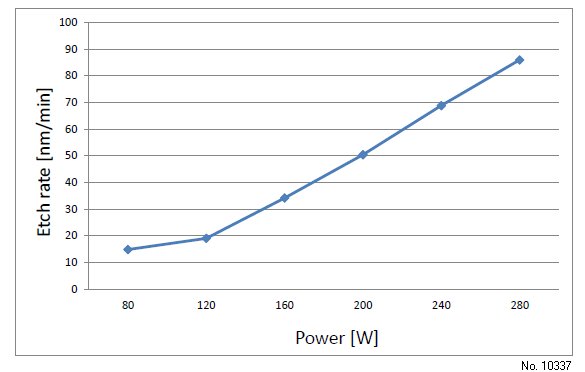
Figure 1: The etch rate of AlN thin films as a function of RF-power (Total flow rate: 40 sccm; CF4/(CF4 + Ar) gas-mixing ratio: 0.5; chamber pressure 40 mTorr)
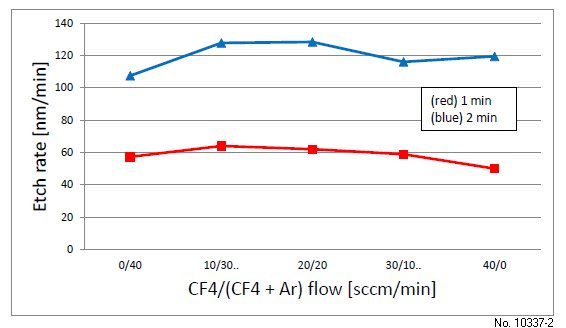
Figure 2: The etch rate of AlN thin films as a function of CF4/(CF4 + Ar) gas-mixing ratio (Total flow rate: 40 sccm; RF power: 280 W; chamber pressure 40 mTorr).
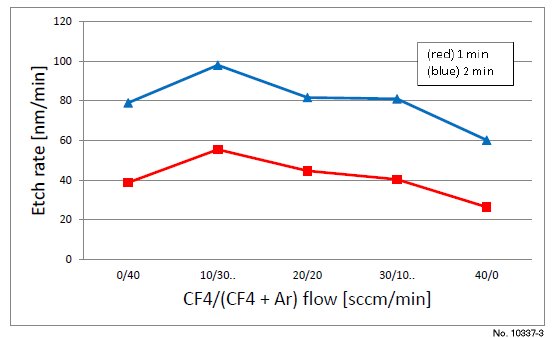
Figure 3: The etch rate of AlN thin films as a function of CF4/(CF4 + Ar) gas-mixing ratio (Total flow rate: 40 sccm; RF power: 280 W; chamber pressure 100 mTorr).
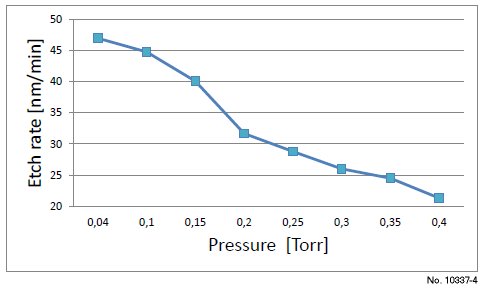
Figure 4: The etch rate of AlN thin films as a function of chamber pressure (Total flow rate: 40 sccm; RF power: 280 W; CF4/(CF4 + Ar) gas-mixing ratio: 0.75;).
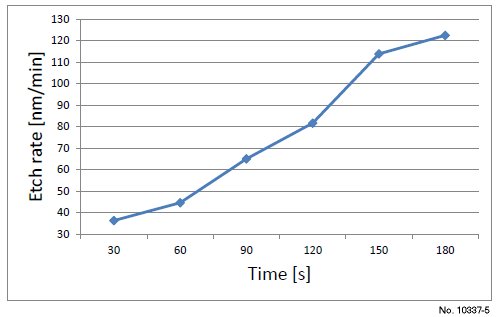
Figure 5: The etch rate of AlN thin films as a function of time (Total flow rate: 40 sccm; RF power: 280 W; CF4/(CF4 + Ar) gas-mixing ratio: 0.5; chamber pressure 100 mTorr).